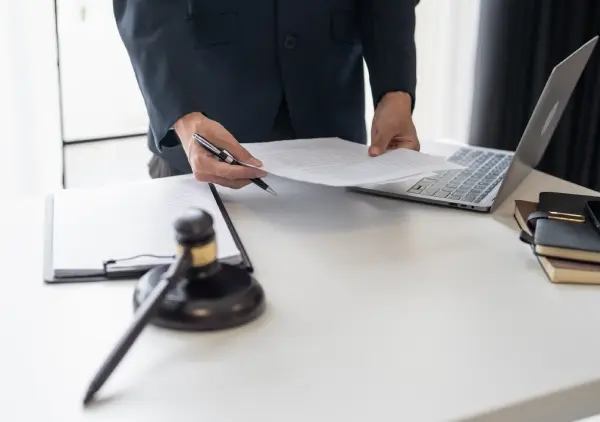Creating a straightforward and easily accessible misconduct reporting system is essential for maintaining compliance, but you also need to ensure you investigate the reports in a robust and thorough manner. From the planning stage and reviewing the report to leading the inquiry and following up, an effective compliance investigation process helps you stop misconduct from taking a grip on your organisation, promote a compliance culture and dissuade others from wrongdoing.
When asked about the compliance landscape for 2023, Penelope Lepeudry of consulting firm Alvarez & Marsal’s Swiss branch commented that high inflation and interest rates had laid the foundations for financial misconduct. She said, “companies will find it harder to meet profitability targets, with some tempted to cross the ethical line. High pressure combined with low ethics and weak internal controls are key ingredients for fraud, with questionable transactions made ‘for the good of the company.’”
This shows why being able to uncover, investigate and act without delay is more important than ever for compliance teams. The key steps in conducting a compliance investigation.
Pre-investigation-preparation
Establish the investigation team
You need to establish who will investigate compliance issues within your organisation. It can be a delicate balance to get right, but you want to appoint a team with a good range of expertise and experience. It could include leadership, employees, union officials, external bodies or other stakeholders
As well as understanding the topics at the heart of the investigation, your members should be analytical, trustworthy, objective and persistent. As they are members of a team, they should be adept at collaboration.
Many companies will utilise the same team for every investigation. However, there may be times when a stakeholder’s position on the panel could cause a onflict of interest, necessitating finding another member to take their place.
Appoint a leading investigator
One member of your team should lead the investigation. They will oversee the inquiry, keeping it focused and to schedule. The leading investigator designates the roles within the team and then collects the findings together to create a report.
Their next task is to summarise the findings and communicate them to management as well as informing them of any next steps. It is a role that requires responsibility and an analytical mind.
Train investigation personnel
The investigation team needs to understand not only the compliance landscape and specifics of the regulations that apply in your country and industry, but they also should be fully informed on the internal code of ethics and conduct for the organisation.
This means undertaking training sessions so that the team can factor these elements into their investigation and gain an accurate picture of whether the offence contravened the law or internal policies.

Related Articles
See all postsNearly €2 Million in Fines for Late Disclosure of Inside Information and Insider Dealing
18-11-25
The Manufacturer who Failed to Disclose Inside Information
11-11-25
The Interior Ministry Fined for Reassinging Protected Whistleblowers
26-05-25
The Case of Whistleblower Repression
19-05-25
The Company That Received a Sanction for Insider List Discrepancies
19-12-24
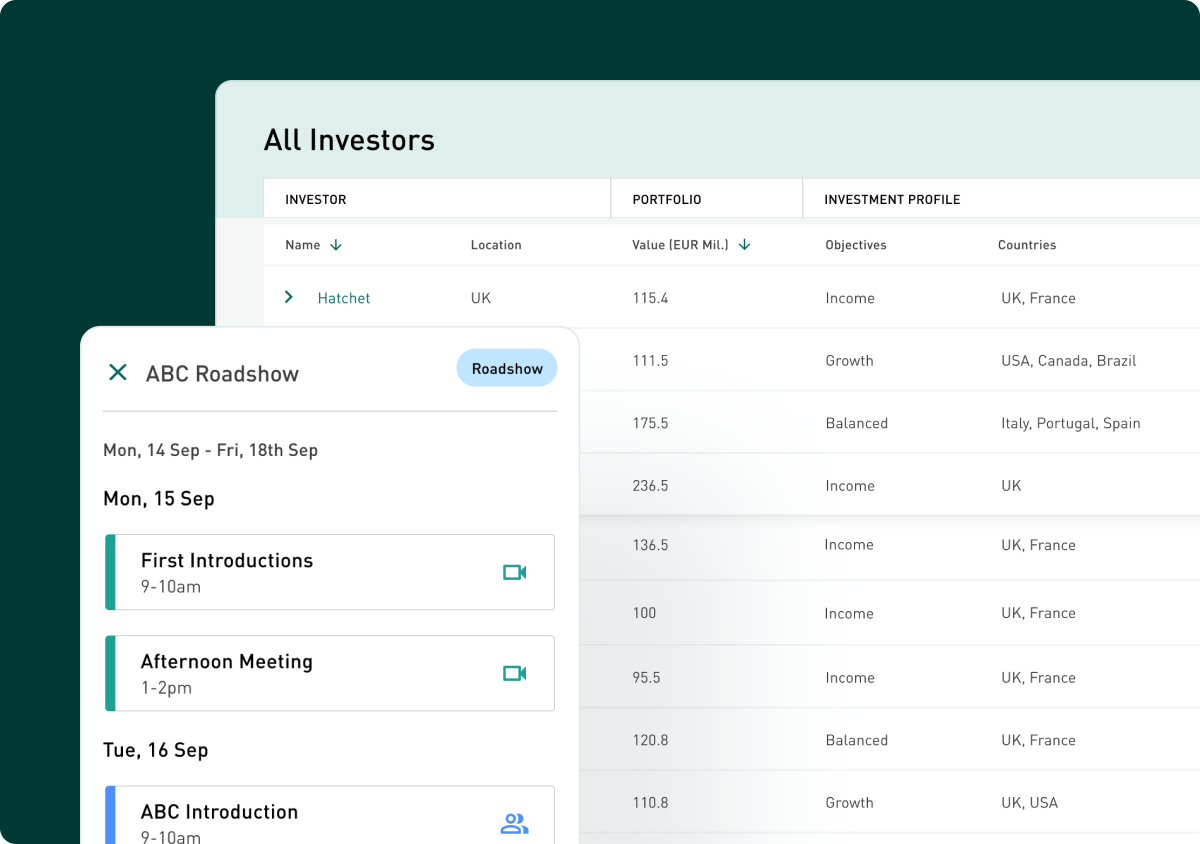
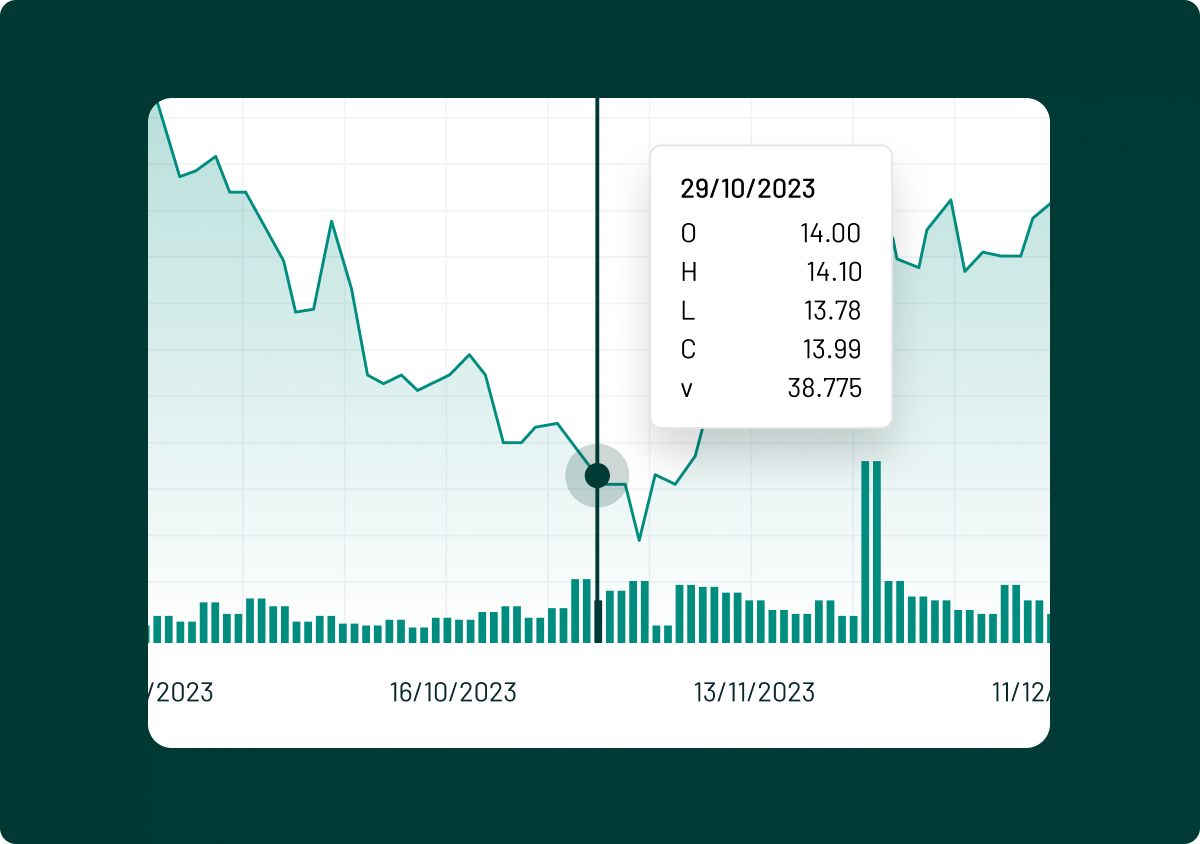
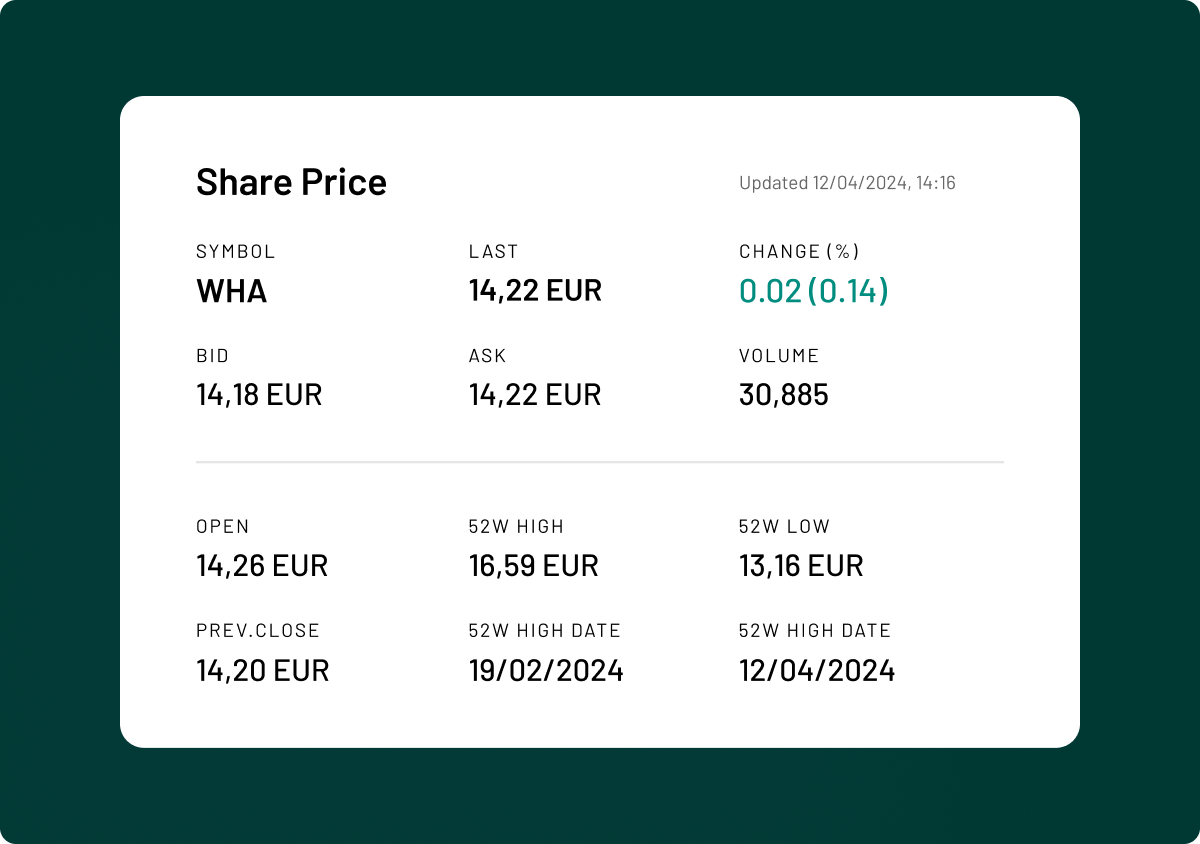


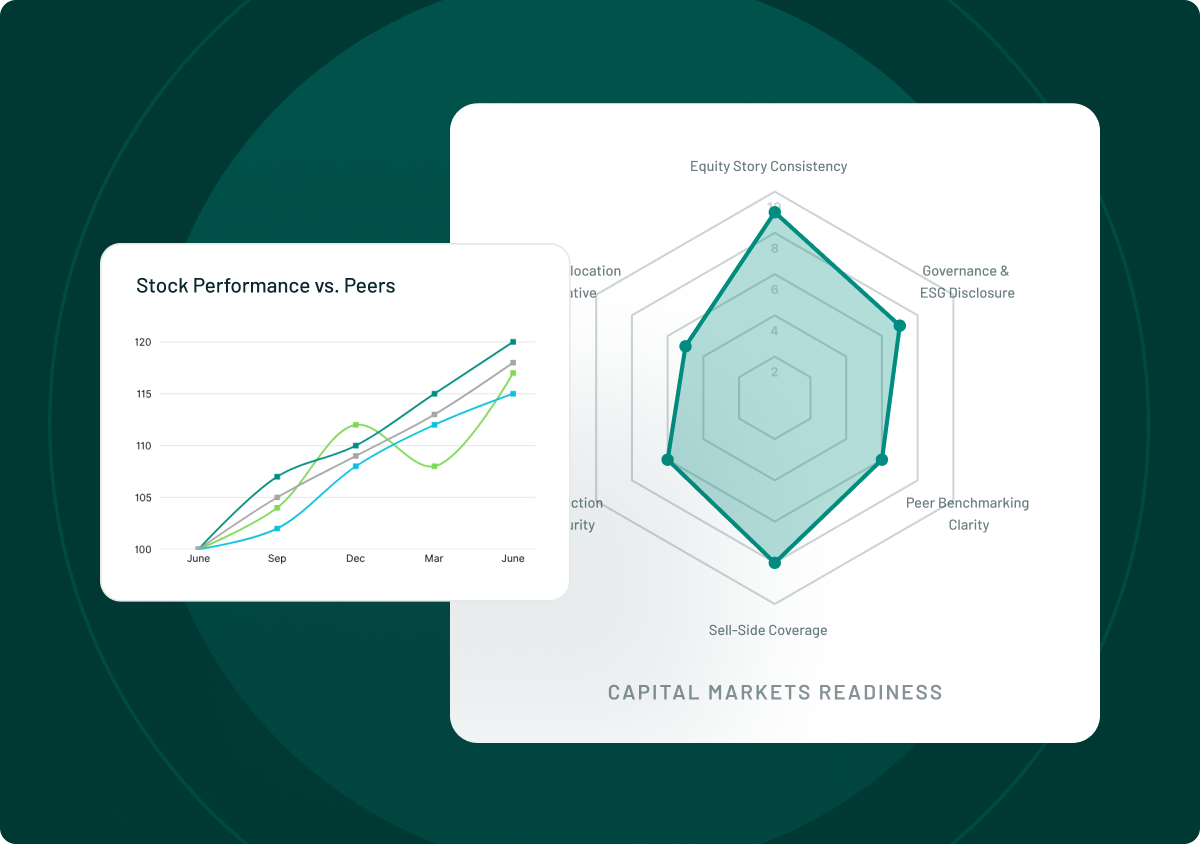
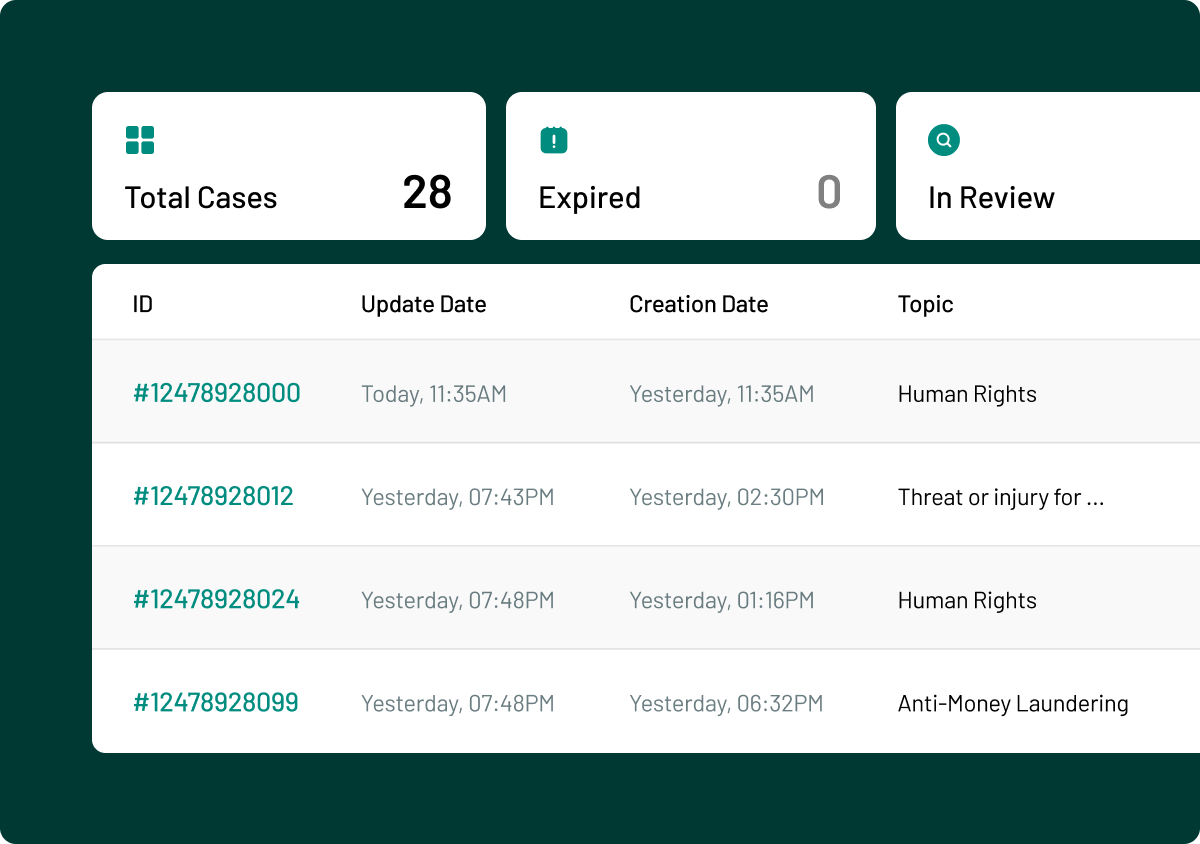
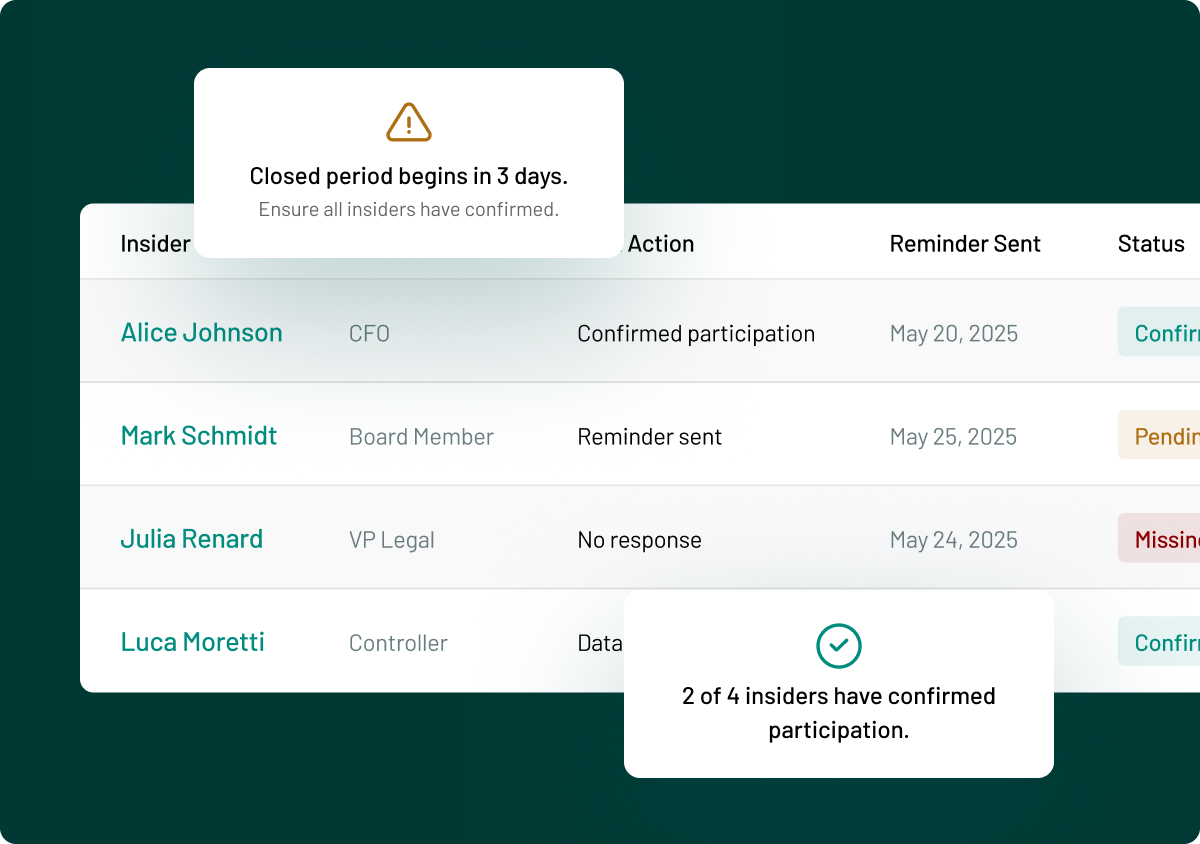
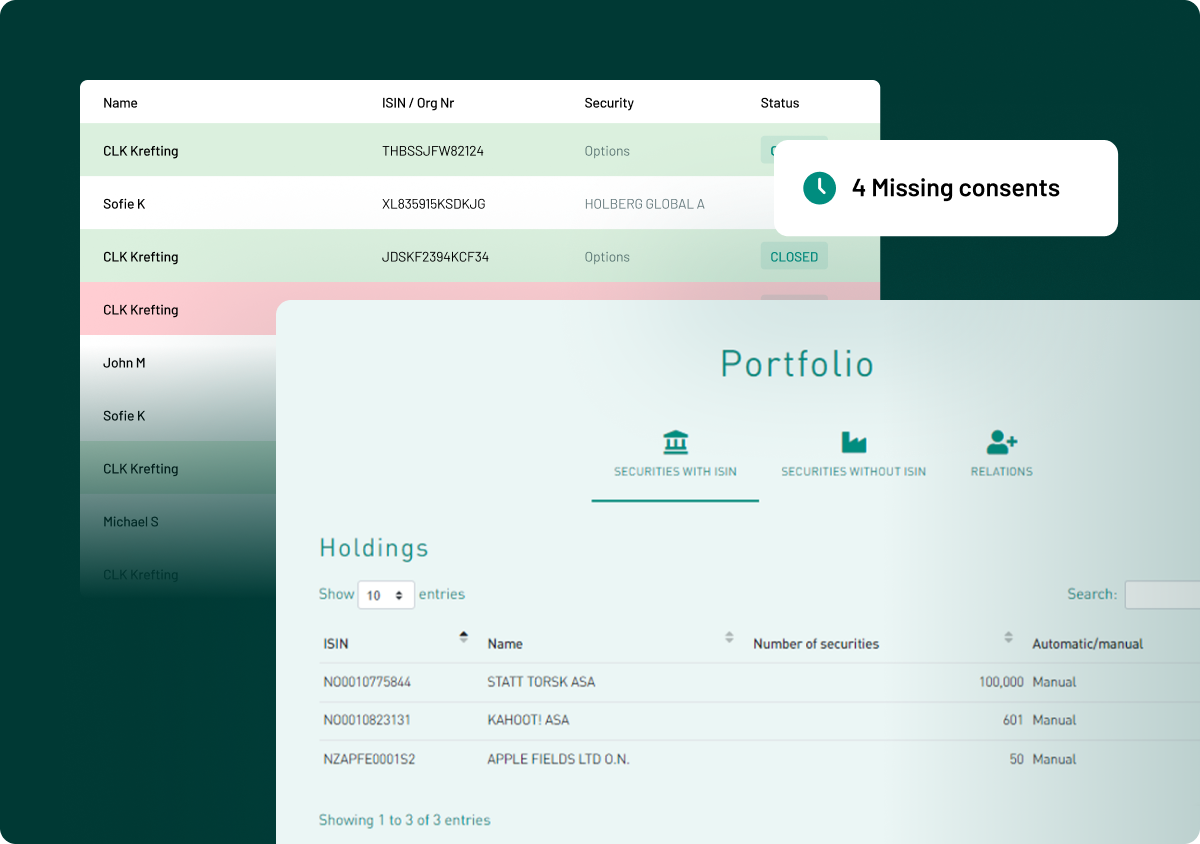
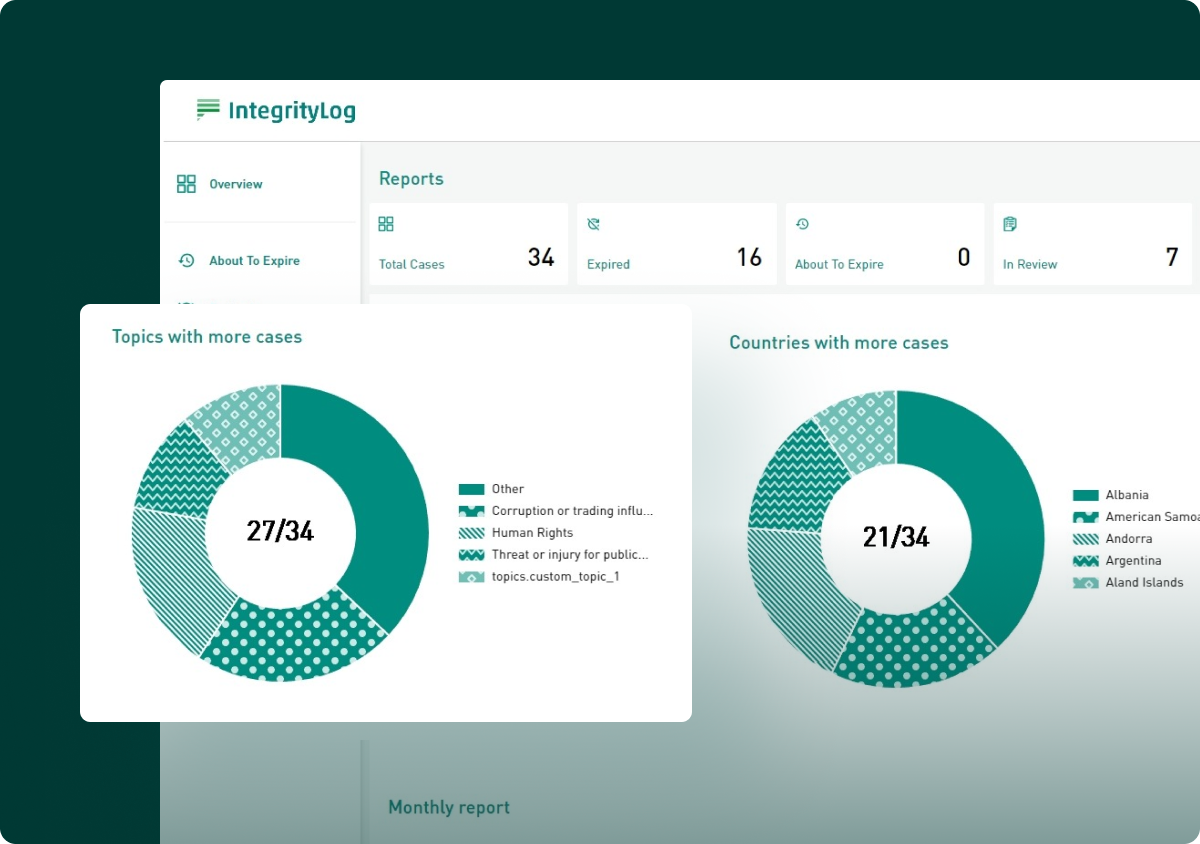
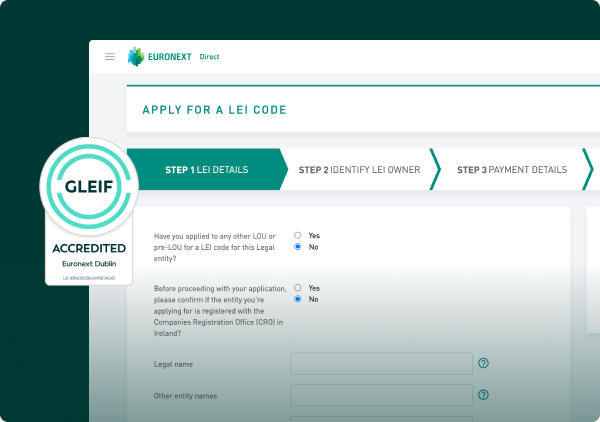
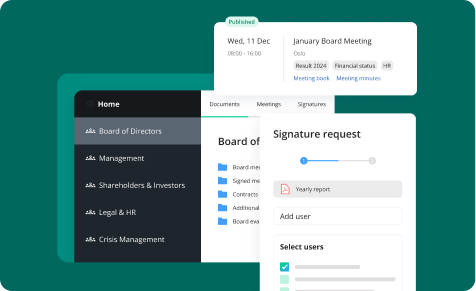
.png)
.png)

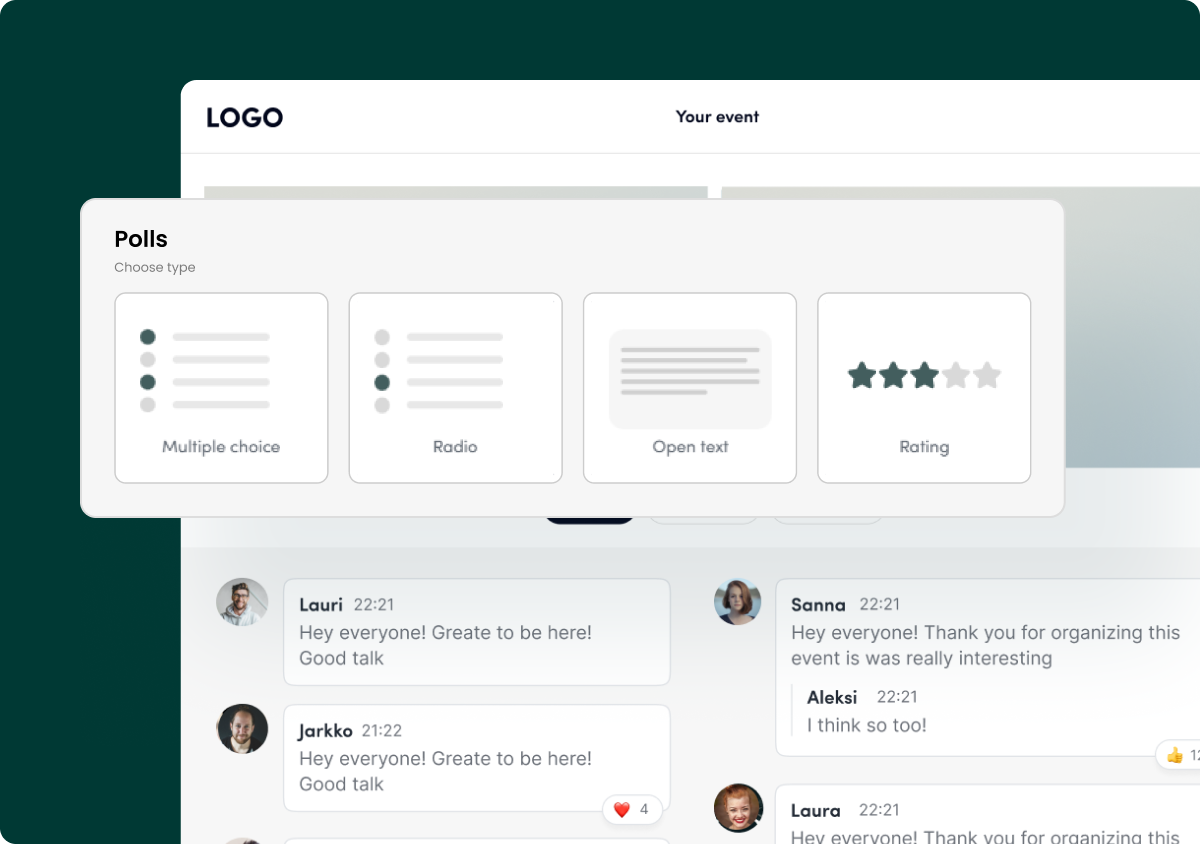
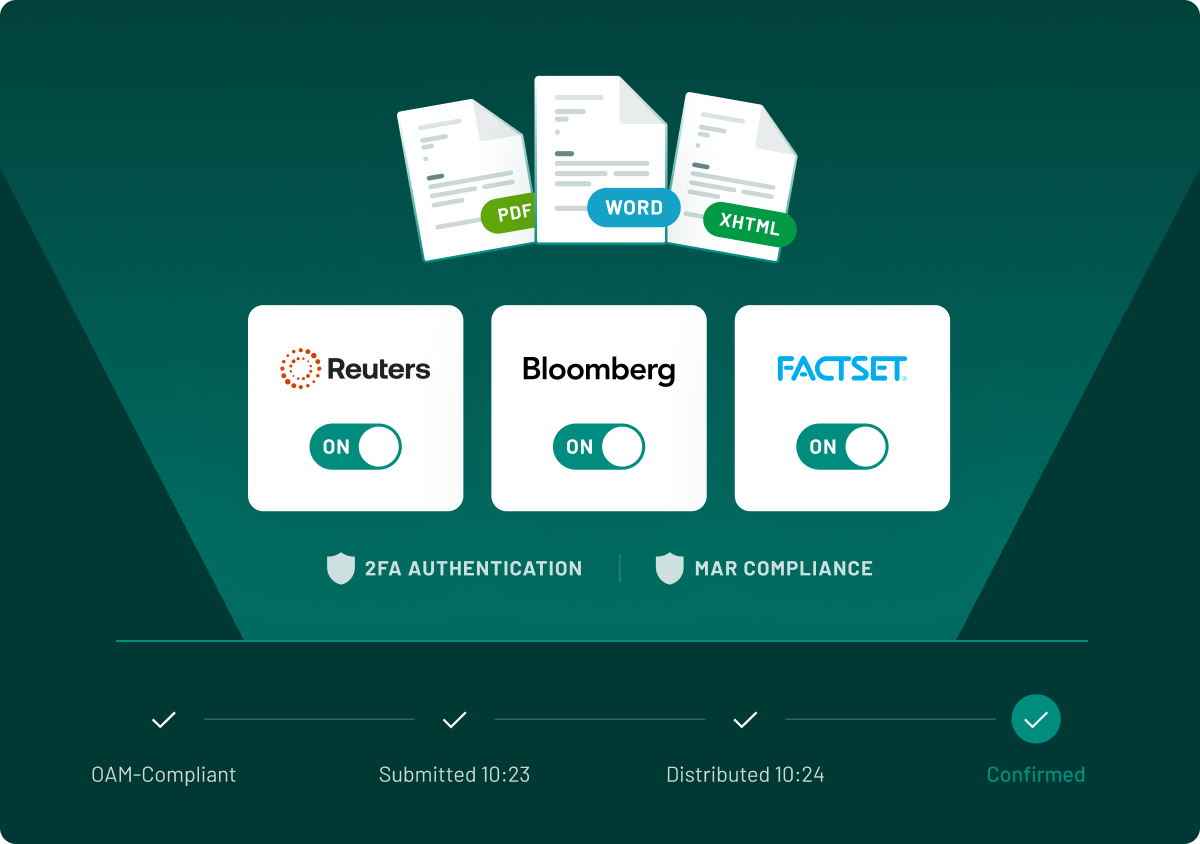


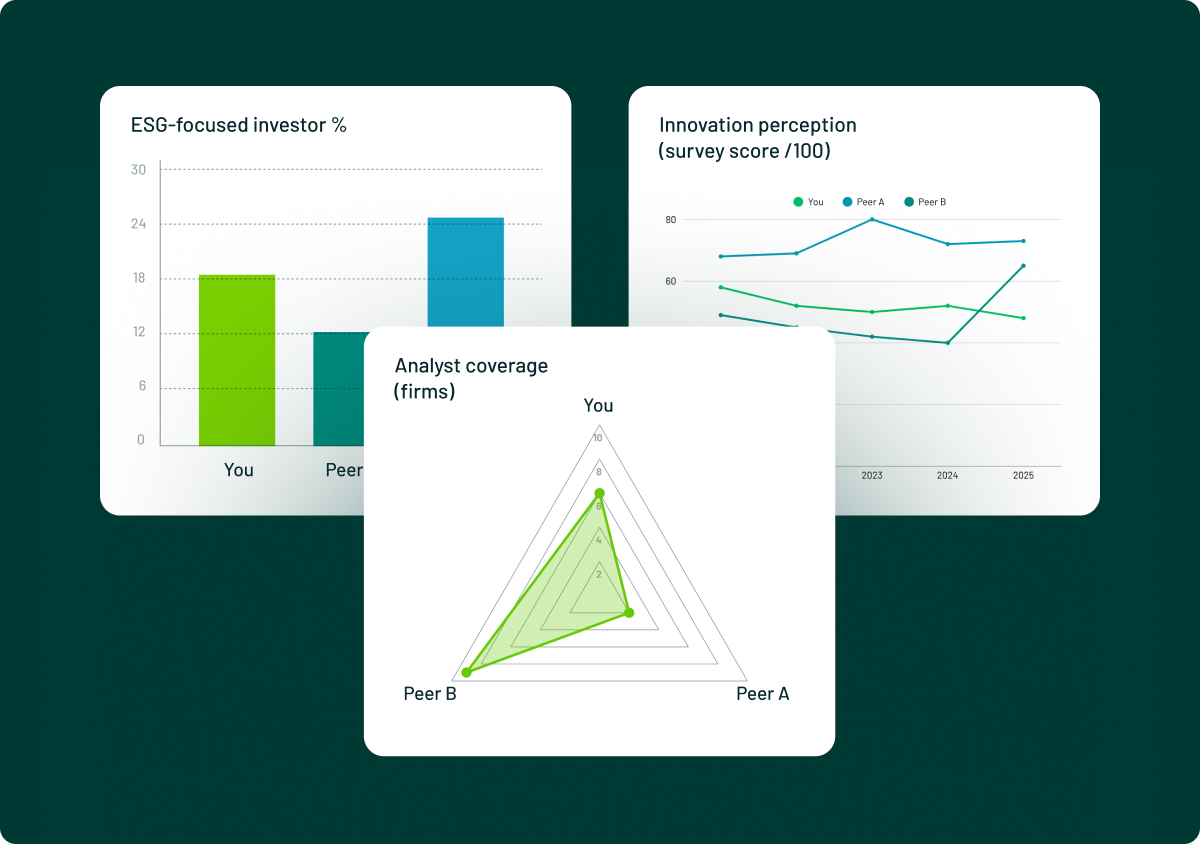
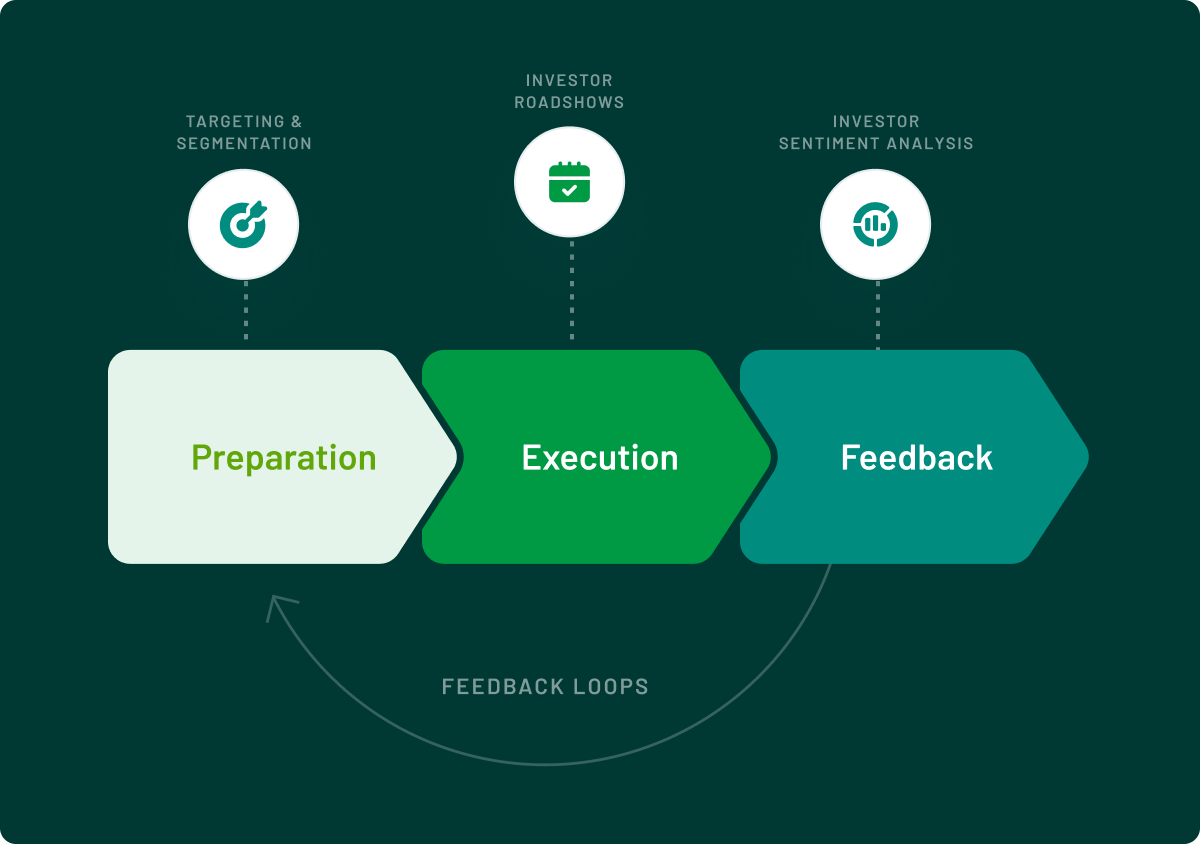
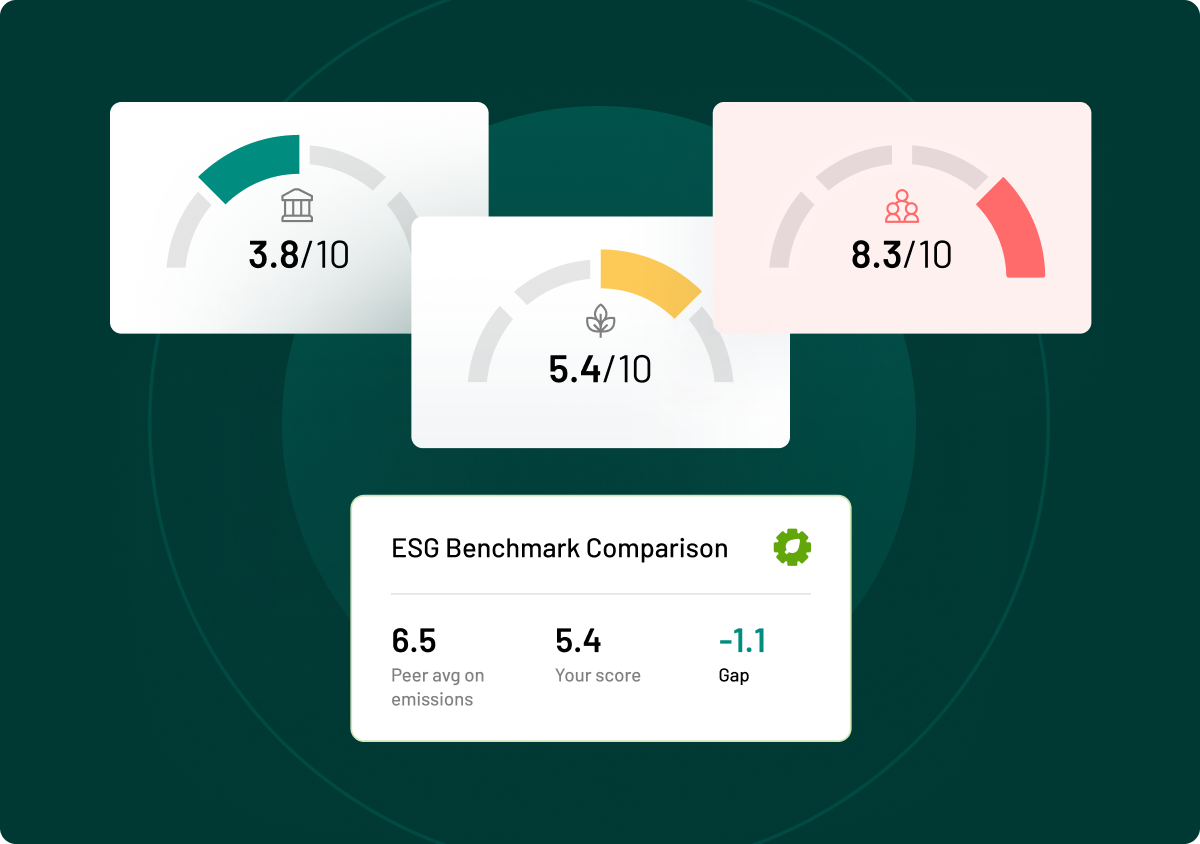






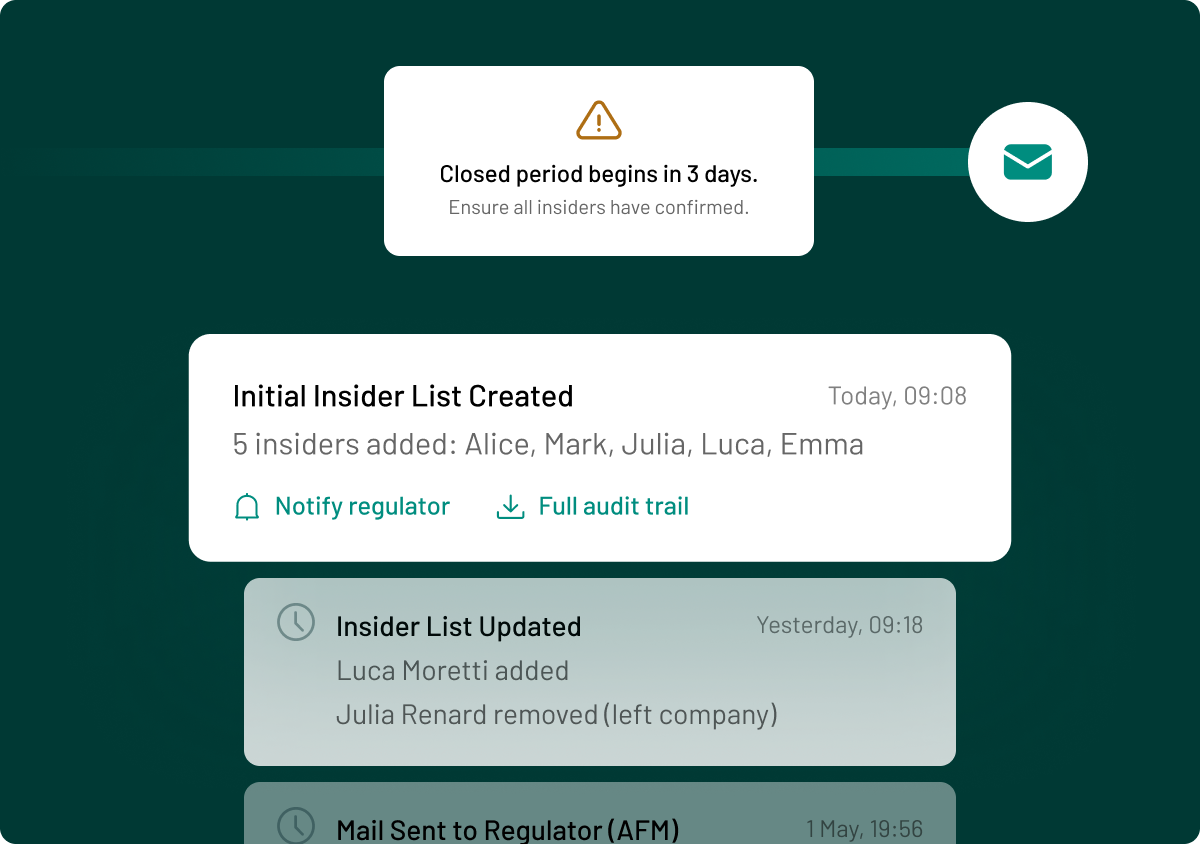
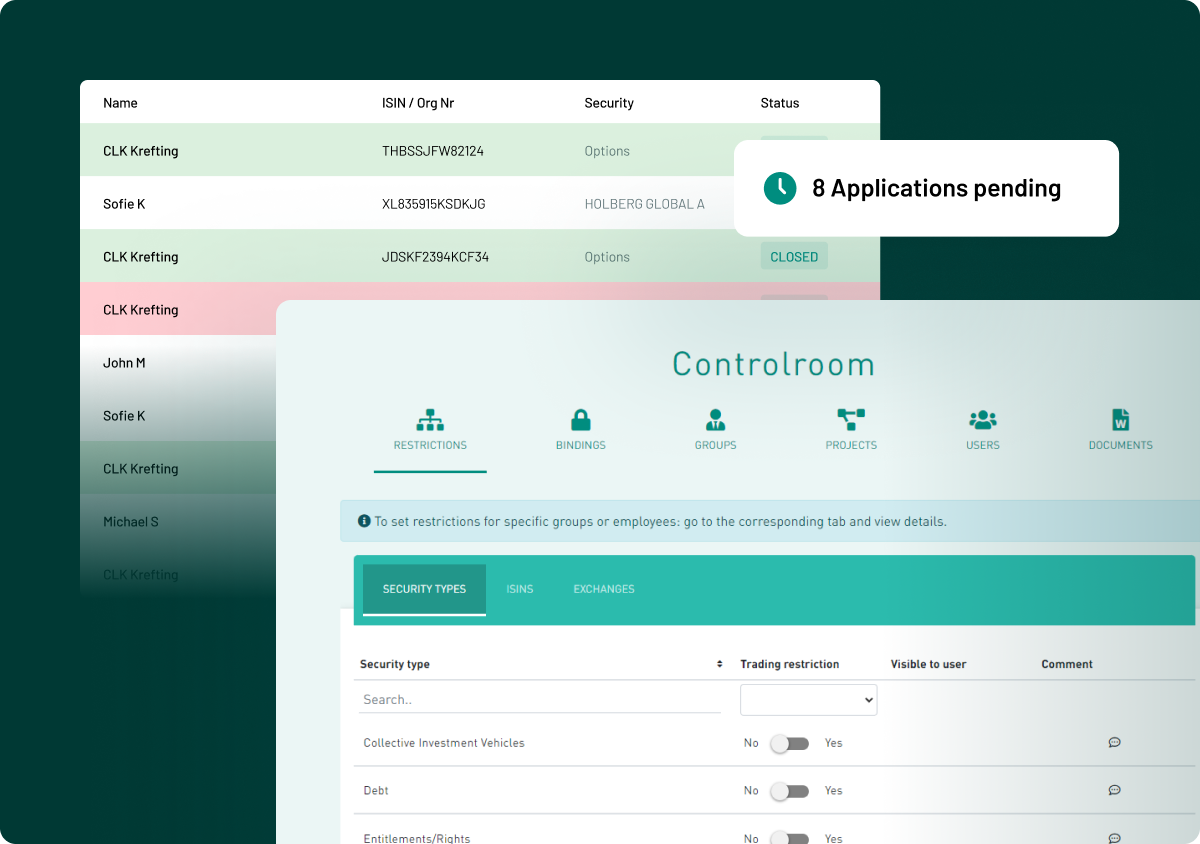
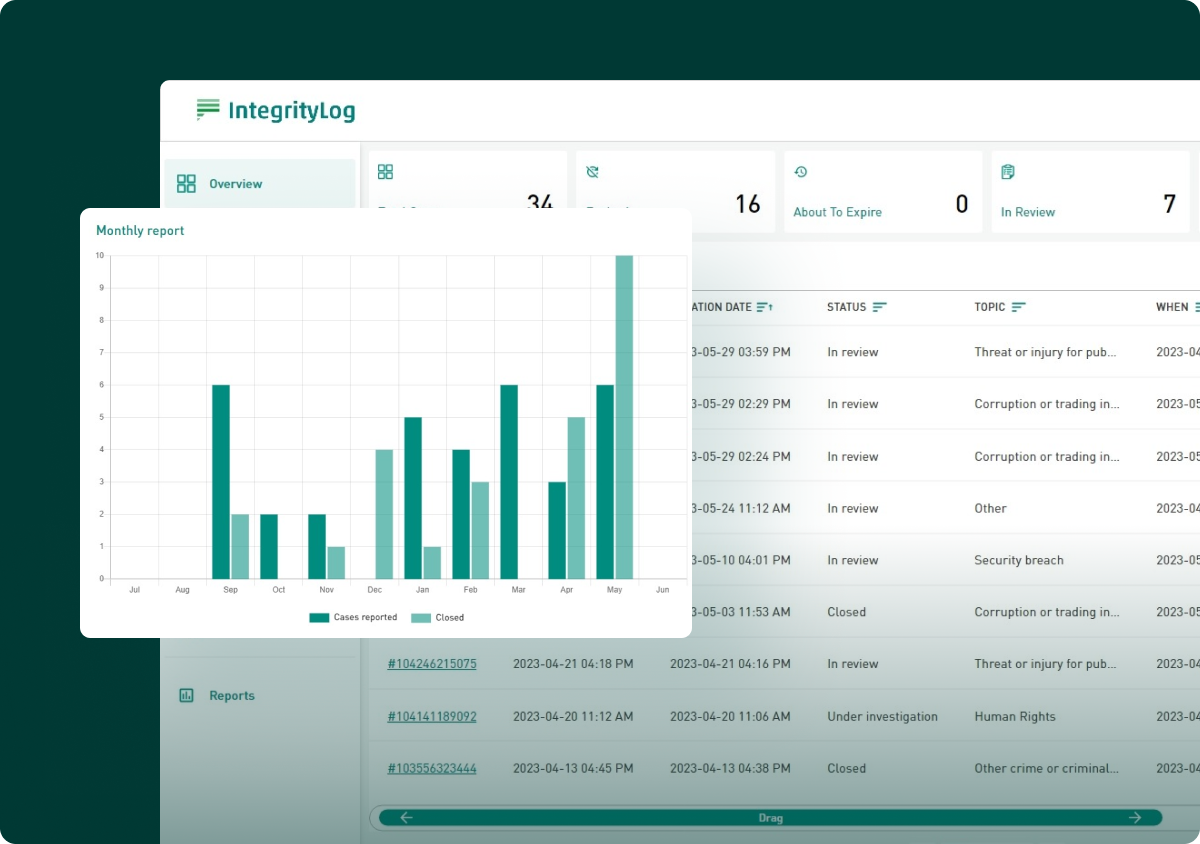
.png)
.png)






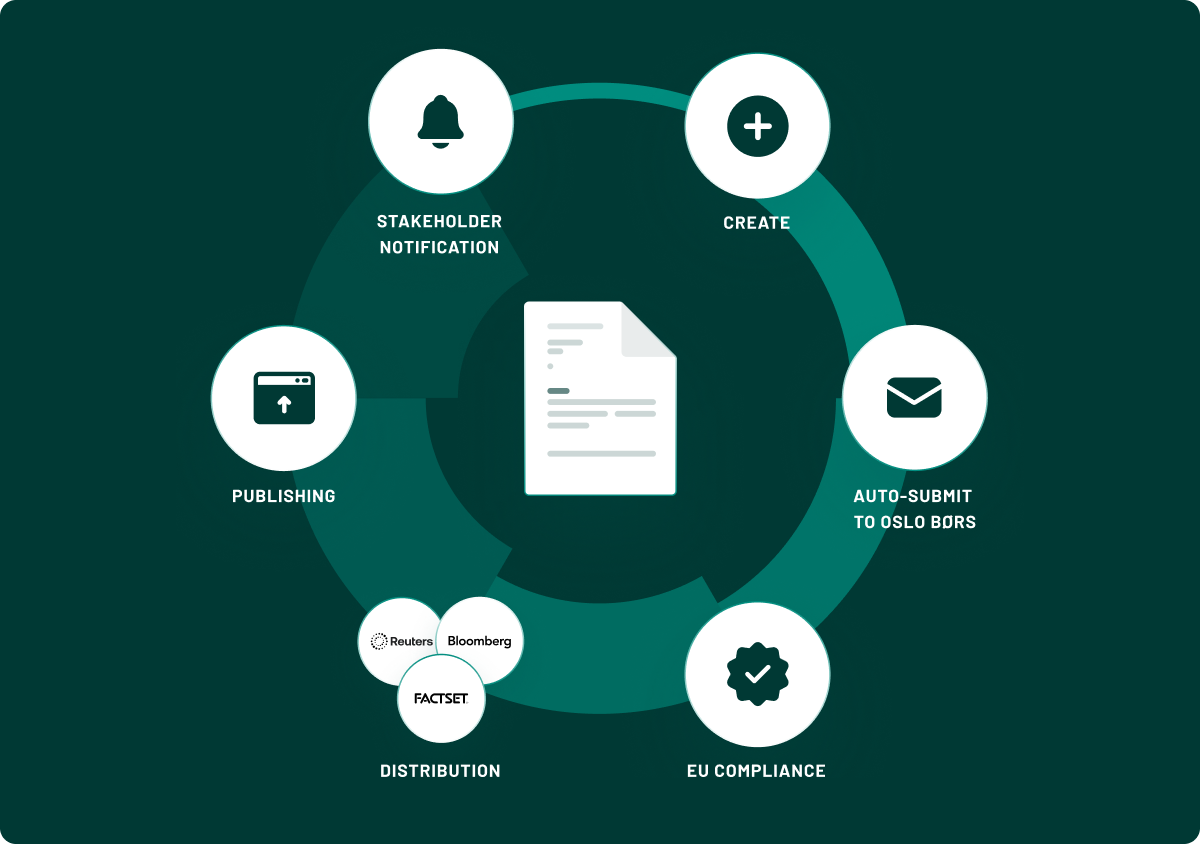
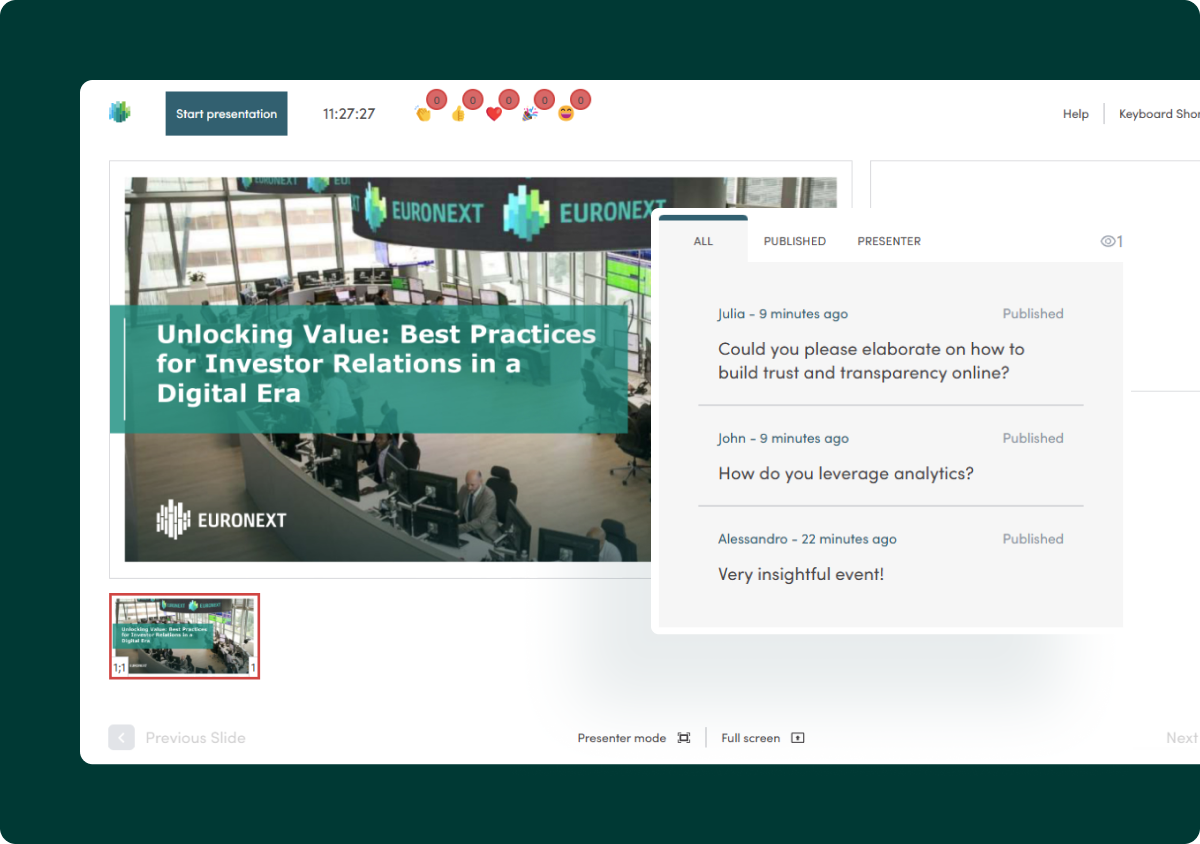








.webp)




